The Weekly Anthropocene, December 18 2024
Rewilding success in Bulgaria, a perovskite solar farm and flash ironmaking from China, six Mekong giant catfish, steam-treated seeds in Sweden, checking in with U.S. cleantech, and more!
As the upcoming December 25 and January 1 both fall on Wednesdays, this newsletter’s weekly news roundup will resume on January 8, 2025!
Bulgaria

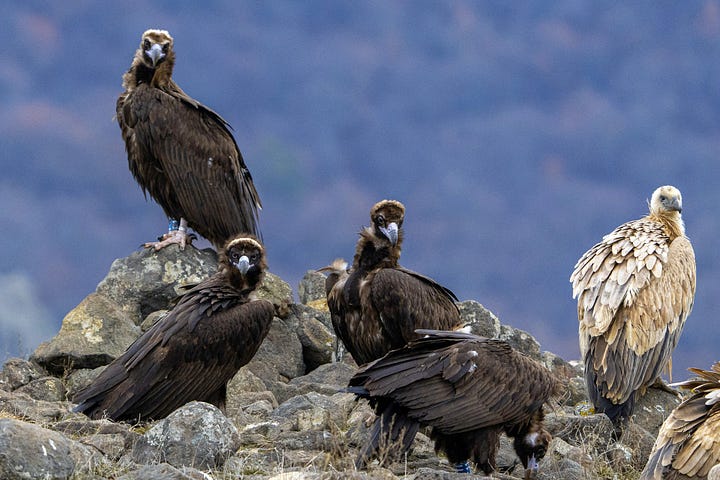
The Rhodope Mountains of Bulgaria are more than ten years into a highly successful wide-ranging rewilding project that has already successfully reintroduced multiple species, reestablishing key ecosystem functions while boosting the local economy with tourism. (Photo source). Since 2010, wildlife populations in the Bulgarian Rhodopes have risen from zero to over 80 Konik horses, zero to 40 cinereous vultures, and zero to 24 European bison. Over 1,000 red and fallow deer have been released as well. These species’ populations in the Rhodopes are still growing, through both ongoing releases and natural increase.
Another awesome case study from the great rewilding of Europe!
The Bulgarian government recently completed procurement allocations for 3 GW (3,000 MW) of new solar projects and 1.17 GW (1,170 MW) of new energy storage projects, to be completed before April 2026. Stories like this are constantly coming in from countries around the world!
China
An 8.6 MW (0.0086 GW) solar farm has been built on a mountainside in the coastal province of Zhejiang, China. That’s tiny compared to the vast ongoing solar boom — China installed 102,480 MW (102.48 GW) of solar power in the first half of 2024 alone! — but this new project in Zhejiang is special. In addition to being one of many food-plus-power producing agrivoltaics projects, it’s the largest-ever solar farm in the history of the world (so far!) to use cutting-edge perovskite solar panels, which can extract much more energy than traditional silicon solar panels from the same amount of sunlight (i.e. higher efficiency). The Solar Age is just getting started!
Chinese engineers have reportedly developed a revolutionary new “flash ironmaking” technique that uses high temperatures and an explosive chemical reaction to purify iron 3,600 times faster than traditional ironmaking — while eliminating the need for coal entirely! The method uses a “vortex lance” to inject finely ground iron powder into a high-temperature chamber, which results in high-purity iron “raining” down in droplets which can then be collected. With this new technique, high-purity iron is produced in three to six seconds, compared to the five to six hours required by coal-burning blast furnaces. Decarbonizing heavy industry looks easier and easier!
Cambodia
Researchers working with the renowned USAID-funded Wonders of the Mekong project recently caught, tagged, and released six individual critically endangered Mekong giant catfish (Pangasianodon gigas) within a five-day period — a historically hopeful sign for the titanic yet threatened species. Awesome!
Somaliland
The government of the quasi-state of Somaliland has received World Bank support to build off-grid solar plus battery storage to power twenty-five healthcare facilities. Notably, Somaliland has been de facto independent from Somalia and ruled by freely elected democratic governments since 1991, and, rumor has it, may shortly be recognized as a new sovereign nation by the United States.
Palau
A submarine explorer drone in the Pacific waters of Palau, operating from the research ship E/V Nautilus, recently made a very rare sighting of four nautilus individuals (their namesake creature!) in the wild. Nautiluses (jet-propelled shell-bearing cephalopods) are extremely rarely seen and very little is known about them, but fossil records show that they’re part of an incredibly ancient lineage that has changed very little since their emergence in the Cambrian explosion five hundred million years ago, making the family of nautilus-like nautiloids more than twice as old as the dinosaurs and considerably older than sharks, trees, and the rings of Saturn. Extraordinary!
India
Clean energy continues to advance across fast-growing India — though there’s still a lot more to do. Here are some highlights:
India is set to add a record-high 35 GW (35,000 MW) of solar and wind capacity in the year from March 2024-March 2025.
India has reached a total solar module manufacturing capacity of 63 GW (63,000 MW) per year.
A deal has been signed to procure 1 GW (1,000 MW) of solar panels made by U.S. company First Solar for deployment in the Indian states of Rajasthan, Gujarat, and Maharashtra. Notably, these panels will be made in First Solar’s DFC-funded Chennai solar factory in the Indian state of Tamil Nadu, underscoring the significance of this deal as an early success for nascent efforts at deepening U.S./India cleantech manufacturing cooperation to compete with China.
The dollar value of new clean energy investments in India just overtook comparable cleantech spending in China. While China still installs much more solar (so far), that’s a good sign for further acceleration of the solar boom in India!
The Indian government has concluded a vast deal with scientific publishing companies that will give millions of Indian students and researchers free access to nearly 13,000 scientific journals. Long-term benefits could be immense. Great work!
The pygmy hog (Porcula salvania), a cat-sized wild pig species native to sub-Himalayan grasslands, was believed to be extinct until its rediscovery in the 1970s. In October 2024, nine captive-bred pygmy hogs were released into the wild in India’s Manas National Park, bringing the total to 179 pygmy hogs rewilded across four protected areas (plus more wild-born!) in the Indian state of Assam since reintroductions began in 2008. Excellent work!
Sweden
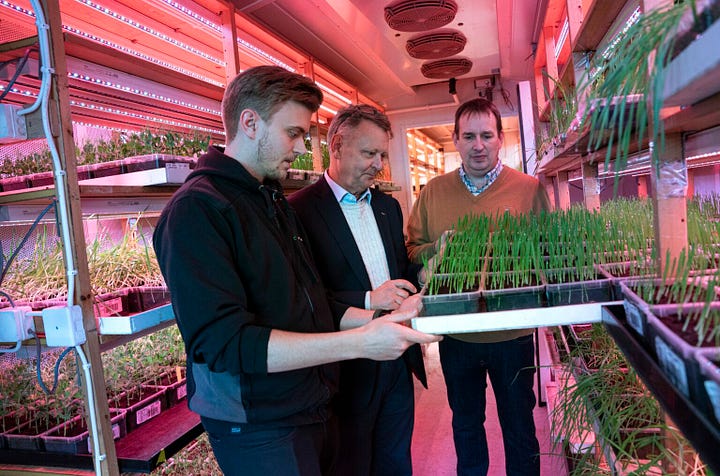
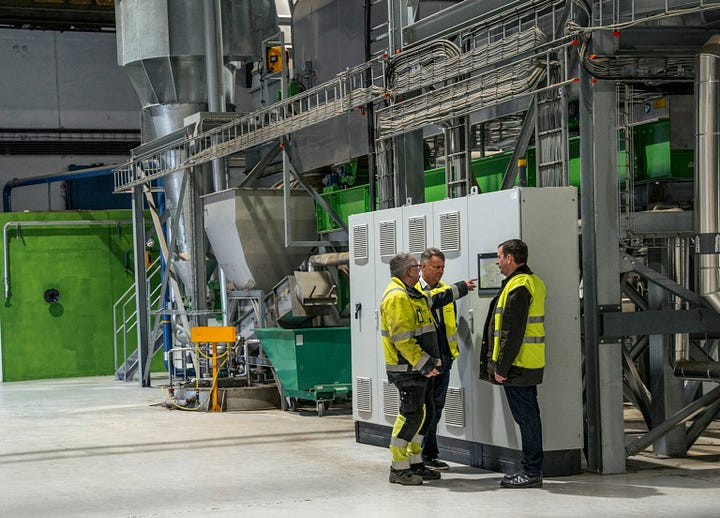
An emerging Swedish agricultural technology known as ThermoSeed can protect seeds from diseases and pests without requiring the use of pesticides1. (Photo source). Its use is spreading through Europe, with excitement around potential expansion into Asia — and hopefully soon, the world!
ThermoSeed works by treating seeds with high-temperature steam in conditions tailored to each specific seed lot, killing any fungi, bacteria, or insects present — essentially “pasteurizing” the seeds similarly to how milk is purified for human consumption. Excellent!
United States
The Biden-Harris Administration and the MISO U.S. Midwest grid operator have approved the largest portfolio of transmission line expansion projects in American history, consisting of 488 projects and 5,000 miles of power lines across 15 states!
In the energy field, generative AI is mostly known for data centers’ high power demands — but it’s increasingly being used to accelerate clean energy progress as well! Here’s a good in-depth article: “The AI paradox: Energy-hungry technology could speed clean energy transition.”
Boston startup Raptor Maps just raised $35 million to manage solar farms with drones, as nascent solar installation robots take off worldwide.
EVs hit a record-high 8.9% of U.S. car sales in Q3 2024, with EV and hybrid sales combined reaching a record-high 21.2%. Great news on reducing air pollution & carbon emissions!
The Energy Department’s stalwart Loan Programs Office continues to accelerate cleantech progress in the waning months of the Biden-Harris Administration. Recent highlights include:
Advancing novel battery chemistries by finalizing a $303.5 million loan guarantee for Eos to expand a factory manufacturing long-duration industrial-scale zinc-bromine “Eos Z3” batteries in Turtle Creek, Pennsylvania.
Up to $305.54 million to startup Nostromo Energy for Project IceBrick, set to deploy U.S.-made “icebrick” cold thermal storage cells (a new type of grid-scale energy storage, which freezes fluid when clean power is abundant then cools buildings when power is expensive) to form a virtual power plant across up to 193 buildings in California.
Finalizing a loan guarantee of up to $1.25 billion for EVgo to build about 7,500 ultra-speedy DC fast chargers at 1,100 EV charging stations in strategic locations across the nation.
On December 11, 2024, the U.S. Fish and Wildlife Service officially proposed listing the monarch butterfly (Danaus plexippus) as threatened, which would grant the species formal protections under the U.S. Endangered Species Act. Public comments are open until March 12, 2024. Listing would help safeguard the species’ future!




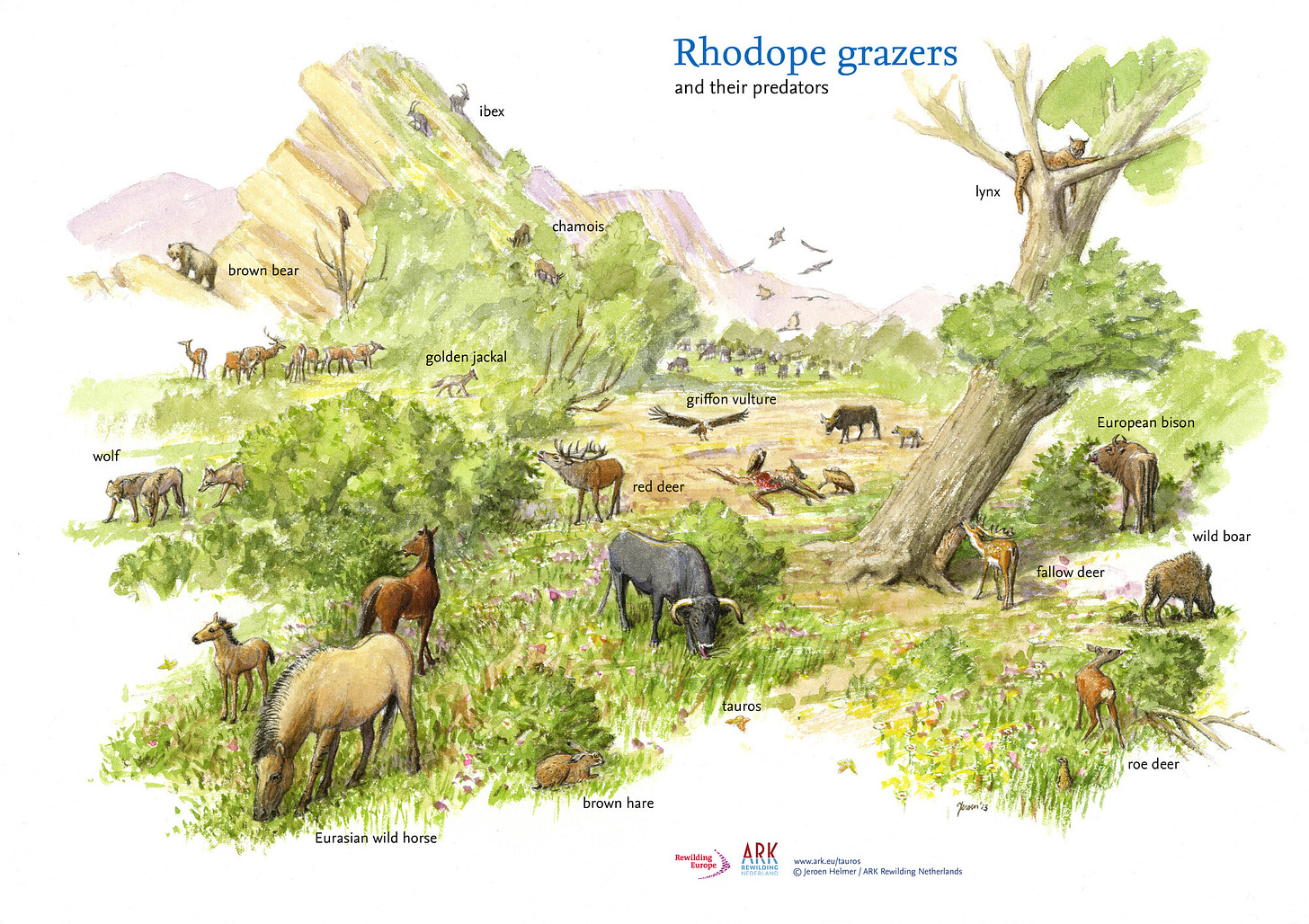




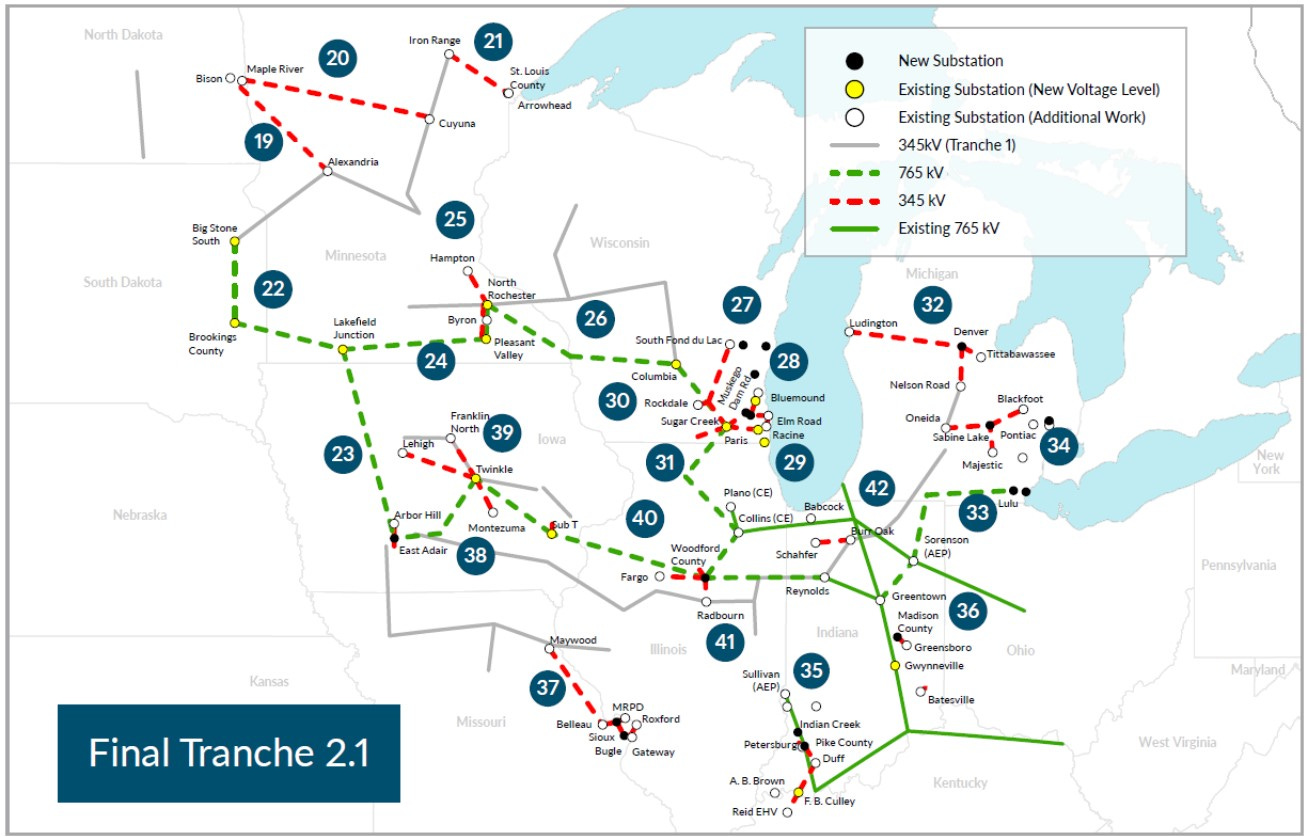



Thanks for that. I followed a few of those stories during the week, so great to see a summary. I had missed the Romania rewilding one though, so interesting to see that.
OMG, that catfish is gigantic. Well done, Sam! I don't know if I can go two weeks without this 😭See ya in the New Year!